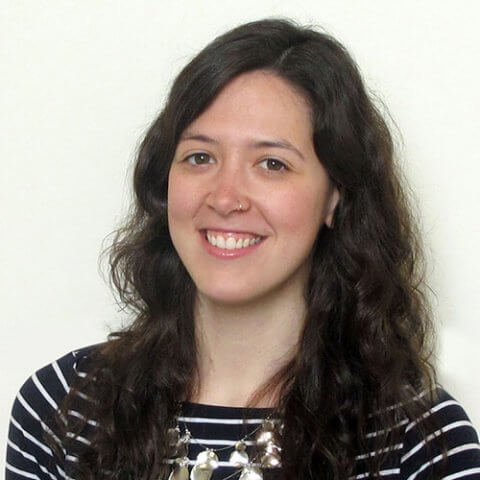The UCSF Library is delighted to announce receiving a Supplemental Collection Equity Award from Region 5 of the Network of the National Library of Medicine (NNLM). Through this grant, the Library has acquired an additional 52 graphic novels, thus doubling the collection. Previously the UCSF Graphic Medicine collection was initiated with support from the Collection Equity Outreach Award in 2022.
Graphic medicine novels weave together text and imagery in a highly accessible way. These novels capture patient and healthcare provider experiences in a unique format that naturally engenders empathy and understanding. Additionally, this supplemental award supports the Library’s efforts to promote UCSF’s PRIDE Values. By providing access to additional titles, diverse voices and perspectives in health care spaces are amplified. These novels also encourage compassionate communication across departments and health-related experiences.
The graphic medicine collection extends our heavily circulated popular reading collection. The Library selected titles that emphasize a broad representation of authors, medical conditions, and topics. The Library aims to reach the widest audience possible. Members of the UCSF community will be able to access and borrow the collection’s titles in print or eBook formats. Furthermore, historically significant comics are available from the Library’s Archives and Special Collections.
Please access our graphic medicine research guide to learn more and see all the purchased titles.
National Institutes of Health Acknowledgement
The resources shared in this post are supported by the National Library of Medicine (NLM) and the National Institutes of Health (NIH) under cooperative agreement number UG4LM013725 with the University of Washington. Additionally, the content is solely the author’s responsibility and does not necessarily represent the official views of the NIH.

